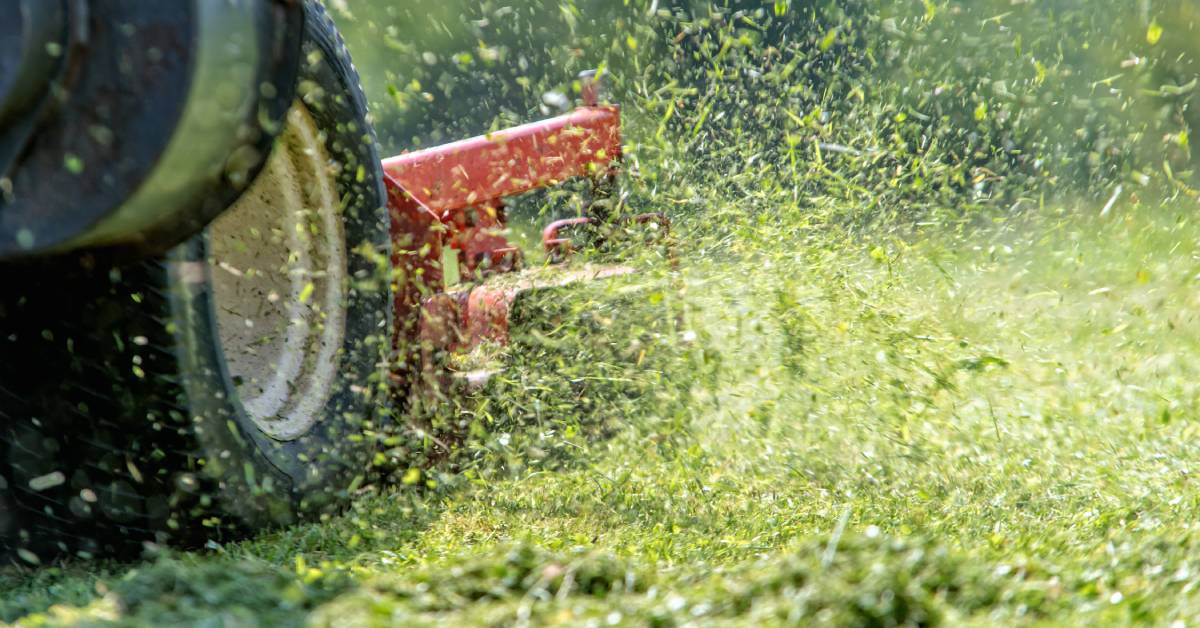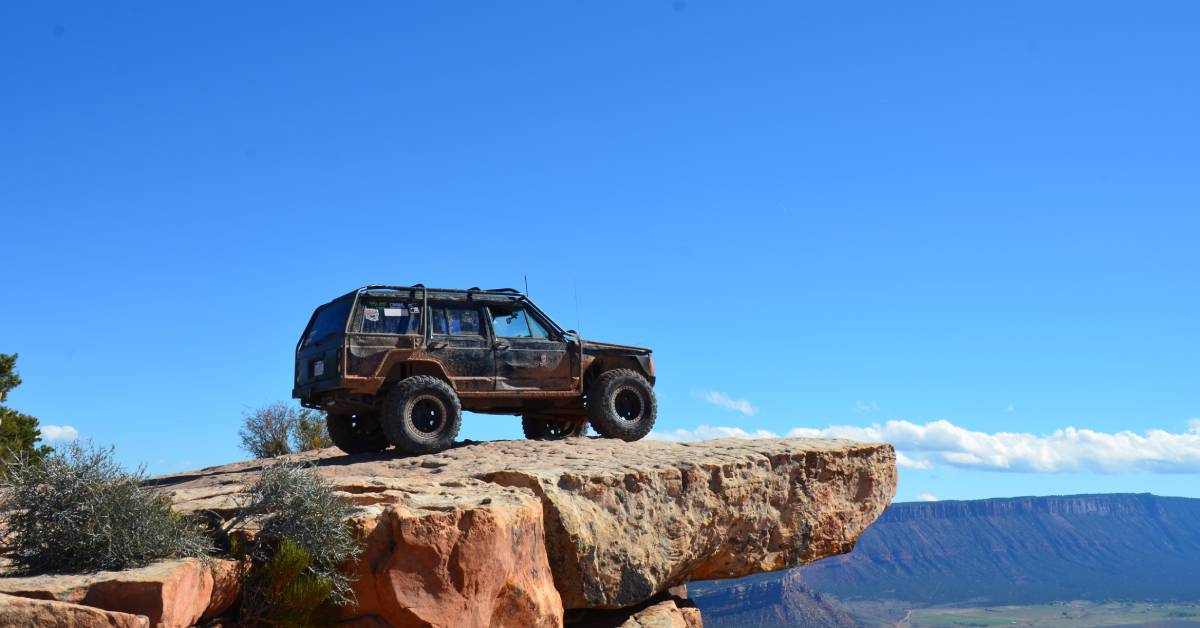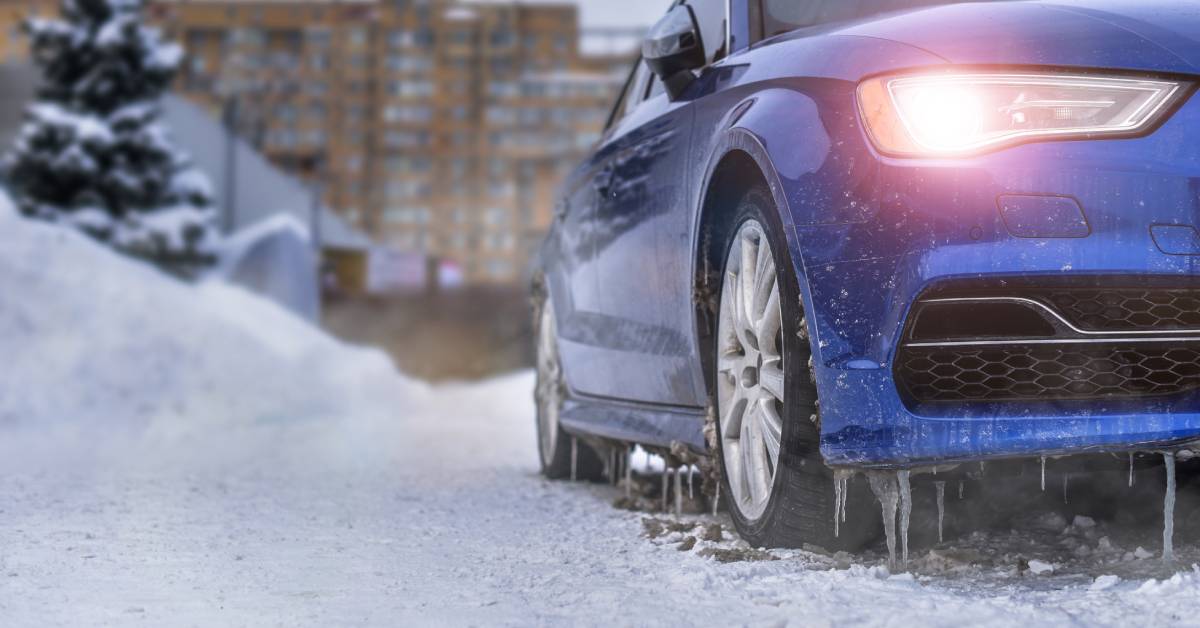
Originally nicknamed the Floridian by his NHRA competitors, Don “Big Daddy” Garlits has been called many things over his seventy years roaming the pits at National Hot Rod Association events. Born on January 14, 1923, in Tampa, Florida, Garlits won a total of 144 national events and three NHRA Top Fuel world championships with an impressive list of “firsts” that sets a high bar for the next generation of professional drag racing teams, drivers, and event organizers.
By the early 1950s, the sport of drag racing moved from the dried up lake beds in the California desert to barely used airport runways. Plus, in the shadows of the second World War, lots of people began working on and modifying their own vehicles to meet this growing need for speed. With no convenient place to test their hot rods, early sanctioned drag racing events took advantage of the many unused runways at places like Orange County Airport (now John Wayne Airport).
Once a deal was struck with county officials for 10% of the gate, the nation’s first commercial drag strip was born. Every Sunday organizers conducted drag races from dawn to dusk at the Santa Ana airport. A multi-ethnic group of desert rats in San Diego known as the Bean Bandits had already pooled their resources to build and test history-making hot rods on Southern California dry lakes and salt flats. In fact, the Bean Bandit frame-rail dragster (The Bug) was recently on display at the Lyon Air Museum at John Wayne Airport.
Nestled between the Inland Empire and the San Gabriel Valley, Pomona Raceway began hosting side-by-side drag racing events to help get racers off the streets onto the track. This collective effort between a concerned officer at the Pomona Police Department and a local car club caught the attention of Wally Parks, a noted automobile writer who co-founded Hot Rod and Motor Trend magazines. Parks agreed it was time to take drag racing off the streets and founded the National Hot Rod Association. Today the NHRA is the largest motorsports sanctioning body in the world.
Fast kids from the swamp lands...
Some twenty-five hundred miles east of the what had become drag racing’s epicenter, a rebellious and defiant young Floridian named Don Garlits began building his first drag racing car under an oak tree at his home north of Tampa. It was a 1927 T-Bucket roadster with a Mercury engine that posted quarter-mile times in the mid-13 seconds at a top speed of 93 mph. But that wasn’t fast enough to win big events.
That’s when Don Garlits and his younger brother Ed, who earned his own way into the NHRA Southern Division Hall of Fame and the International Drag Racing Hall of Fame, would become a force to be reckoned with in the Sunshine State. The underfunded duo with no formal education in engineering used their love for the sport of drag racing, ingenuity, and mechanical aptitude to build race-winning dragsters with nationally competitive powerplants.
Safety Safari Comes to the Sunshine State
One of the founding principles of the National Hot Rod Association was to make side-by-side, no contact racing as safe as possible by getting outlaw racing off the streets through educating the sport’s participants. Founded by Wally Parks, the Drag Safari was a four-man team that would drive around the country pulling an NHRA trailer to introduce, educate, and help racing communities nationwide. Today, the Safety Safari consists of over 40 professionals who are in attendance at every NHRA national event.
When the Safety Safari came to Lake City, Florida, Garlits won the first NHRA-sanctioned event that he entered in his home-built slingshot-style dragster with a repositioned engine that maximized traction by moving the driver to directly behind the engine. Don’s Garage, which was his local speed shop that preceded Garlits’s High Performance World, was home to the infamous “Swamp Rat” dragsters that became known for creative innovations and lots of speed. This led to his second nickname “The Swamp Rat” and each new car was intended to be faster and safer than the previous version.
Big Daddy’s History of Feuds and Firsts
At the 1962 U.S. Nationals, NHRA announcer Bernie Partridge gave Garlits his branded moniker with the honorary title of “Big Daddy”. To say that Garlits was a trailblazer in drag racing design and safety would definitely be an understatement. In addition to being the first driver to surpass key milestones in speed, The Swamp Rat was a technological pioneer in the sport with a portfolio that includes:
RECORDS & CHAMPIONSHIPS – Big Daddy was often the drag racer to officially surpass speed benchmarks and was the first driver to go 170 mph, 180 mph, 200 mph, 240 mph, 250 mph, 260 mph and 270 mph in the quarter mile. Garlits was also the first to top 200 miles per hour on a 1/8th mile dragstrip. At age 87, Big Daddy set a new quarter-mile speed record at 189.03 mph in his battery-powered Swamp Rat 38. Garlits had an elite career that included 144 National event wins. His 53 NHRA Top Fuel victories tops drag racing history. Big Daddy won ten American Hot Rod Association championships, four International Hot Rod Association, and three National Hot Rod Association championships. Garlits also won eight U.S. Nationals and a U.S. Fuel & Gas Championship. The last of his seventeen titles came at age 54.
ON TRACK INNOVATIONS – The innovative backyard engineer has been at the forefront of driver safety and speed for seven decades. Swamp Rat I allowed Garlits to break the 170 mph but each version was built on lessons learned from the previous car. Swamp Rat V featured an aerodynamic wing mounted above the engine for downforce, which was a first in drag racing history. Swamp Rat VI dumped the wing and Garlits became the first drag racer to top 200 mph. While under development, the two-speed transmission in the slingshot-style Swamp Rat XIII exploded severing part of Big Daddy’s foot. Garlits went back to the drawing board and became the first person to win an NHRA national event with a rear-engine Top Fuel dragster designed by him to protect drivers from the dangers of the powerplant. His crowning achievement as an automotive designer came when Swamp Rat XXX (his winning ride for NHRA Championship in 1986 and the first ever streamlined dragster) was presented to the Smithsonian Institution as part of the National Museum of American History in Washington D.C.
INDUCTIONS & HONORS – Big Daddy was inducted into the Motorsports Hall of Fame inaugural class (1989) for his career accomplishments for technical innovations that brought a new level of speed and safety to motorsport’s drag racing history. In 1997, he was inducted into the International Motorsports Hall of Fame. The King of the Sport was also inducted into the Automotive Hall of Fame for the mechanical skills he honed working on farm equipment growing up in the swamplands of Florida that produced over three dozen generations of Swamp Rat race cars. The American Hot Rod Association and the National Hot Rod Association recognized his remarkable career achievements with the AHRA Lifetime Achievement Award and NHRA Lifetime Achievement Award. Garlits was inducted into the Florida Sports Hall of Fame alongside golfing great Jack Nickalus in 1972. Garlits and drag racing grew up together and he was voted Man of the Year by Drag News in 1971, ’73 and ’75. He was also voted Top Fuel Driver of the Year by Car Craft Magazine nine times.
FEUDS & POLITICS – Garlits was a brazen, innovative, and forward thinking racer that was genuinely rebellious, audacious, and defiant. Not surprisingly, he was often a thorn in the side of NHRA founder Wally Parks. Nicknamed “Don Garbage” by one of Park’s sons, their contentious relationship became a major part of NHRA history. Not only did this politician in a driver’s suit focus on safety improvements but he would directly confront any inequalties. After Parks refused his requests for higher purses, Garlits succeeded from the NHRA circuit and sponsored the first $25,000 purse PRO race to conflict with The Big Go. The two titans of the sport reconciled in 1975 but did continue to feud over numerous details. With his fiery passion and conservative views, Garlits entered the political arena in 1994. Big Daddy lost his race for a seat in Congress, as the Republican nominee for the House of Representative.
Although no single driver has ever single-handedly shaped a motorsports series, Don “Big Daddy” Garlits will be long remembered as one of the most accomplished drivers on the track and a pioneer in the sport of drag racing for having improved safety by advancing race car designs. For certain, the look and feel of drag racing wouldn’t be the same today if it wasn’t for the brilliance of The Swamp Rat from Florida.
Where can you find the Swamp Rat today?
Today, Big Daddy can be found at his farm on I-75 just south of Ocala, Florida. And yes, this living legend still wears his emotions on his sleeve for the world to see, with an occasional outburst of witty criticism, sarcasm, or temper. At 92 years of age, The Swamp Rat is still educating the public about the sport’s notable history at the Don Garlits Museum of Drag Racing that features historic quarter-milers as well as iconic antiques and tons of invaluable drag racing memorabilia.
Because of his determination, intelligence, confidence, and work ethic, Big Daddy will always be remembered for his decades of incredible achievements and contributions to world’s fastest sport. When the NHRA announced their Top 50 Drivers for the first 50 years of Drag Racing, there was little doubt that Don “Big Daddy” Garlits would be ranked Number One. Just one more FIRST in a lifetime of achievements.
E3 Spark Plugs fans wish the King of Accomplishments a Happy "92nd" Birthday. We look forward to seeing you at the track for the 2024 NHRA Mission Foods Drag Racing Series season opener at the 55th annual NHRA Gatornationals in Gainesville.







